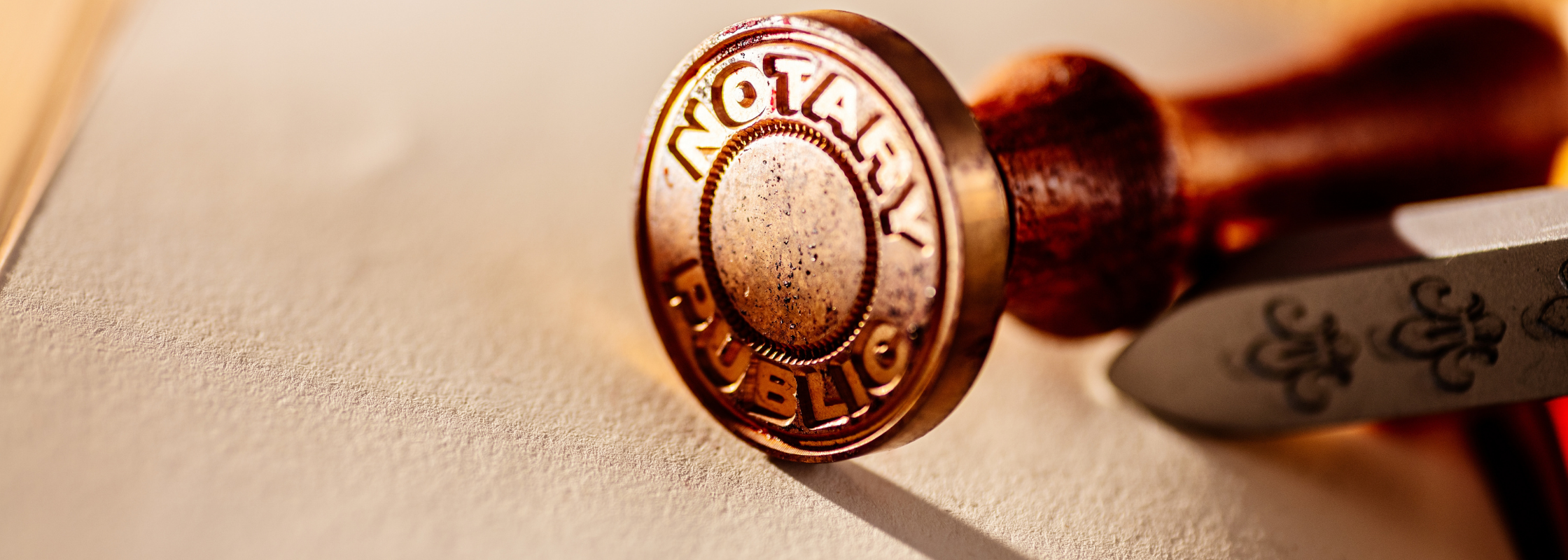Prototyping is an essential period of item advancement. It’s the process of developing a preliminary product, or prototype, of your product to check and improve it before you make the last product or service. Prototyping is surely an iterative procedure that allows you to polish your design and establish disorders early, helping you save high priced problems and creation delays down the line. Nevertheless, making a prototype might be high-priced, time-eating, and demanding for novices. In this post, we shall direct you through the whole process of production a prototype, for example the equipment and prototype website resources you need, how to choose a prototyping strategy, and techniques for creating a profitable prototype.
1. Prepare your layout – Prior to starting prototyping, it’s essential to experience a solid idea of your product’s layout. You may create your products or services style by making use of 3D modeling software program, which may match up the prototype’s appearance and determine its functionality. Once your design is finished, you can always give your layout for cooperation and comments to the staff utilizing on-line instruments, helping to make work a lot easier.
2. Pick a prototyping technique – There are numerous prototyping strategies readily available, like speedy prototyping, subtractive prototyping, and ingredient prototyping. Every technique have their strengths and weaknesses, so you should look at what one best suits your expections. 3D printing is a wonderful option for smaller sized and intricate objects, but it may not be cost-effective for bigger physical objects. CNC machining can produce a more significant prototype, but it can be relatively costly. Analyzing every method’s benefits and drawbacks will help you make an educated choice.
3. Selecting the most appropriate fabric – Materials will be the crucial factors of a prototype, and so, you should choose the right substance for your item. A large choice of potential components are out there, like Stomach muscles, PLA, nylon, and versatile filaments, amongst others. Each material’s components fluctuate, which means that each product might have unique needs. You should choose the proper material based on properties like longevity, rigidity, and flexibility.
4. Publishing the prototype – After you have each of the essential elements of design and materials, it is possible to proceed to stamping the prototype. If you’re concentrating on a small subject, you can consider using 3 dimensional publishing nonetheless, for bigger items, you may want to use accessible machinery for CNC machining. Nevertheless of your choice of approach, it’s important to concentrate on the generating process’s specifics. Make certain each and every aspect from the prototype were created in detail, and spend some time to perform quality inspections to avoid any defects or troubles.
5. Refine and Examination – You need to refine and test your prototype to determine problems and optimize the design. When you’ve tested the prototype, make adjustments and improve the design as required, stamping a whole new prototype to evaluate once again. The iteration process is important, and it will go on before you are satisfied with your prototype.
To put it briefly
Making a prototype takes time, hard work, and determination. It’s an important step in the merchandise improvement method, enabling you to perfect your product or service prior to moving on to last production. Make sure you consider your design and style, select the right method, choose the right fabric, and test your prototype to make certain that it is doable. Whilst the method may appear overwhelming at first, pursuing our manual like a rookie allows you to produce an effective prototype.


